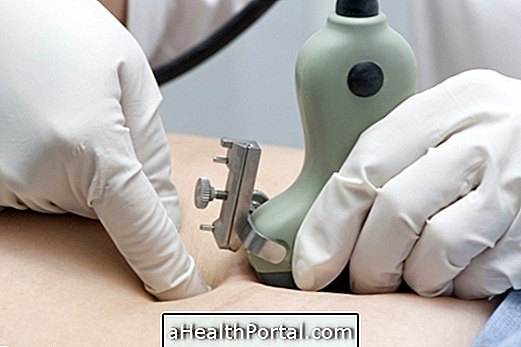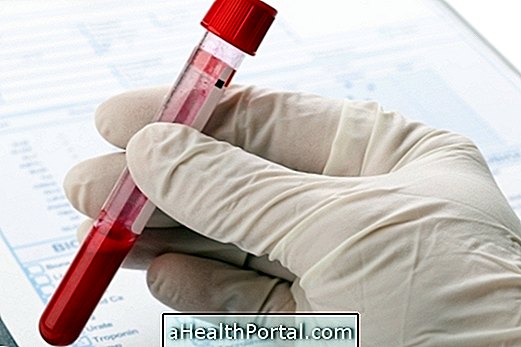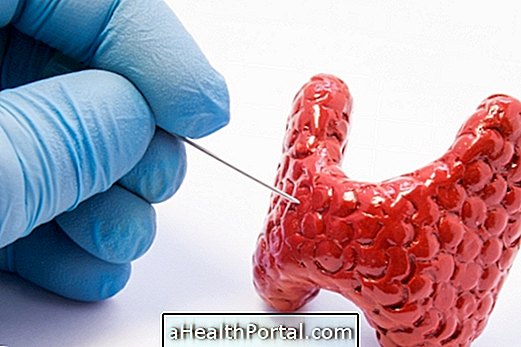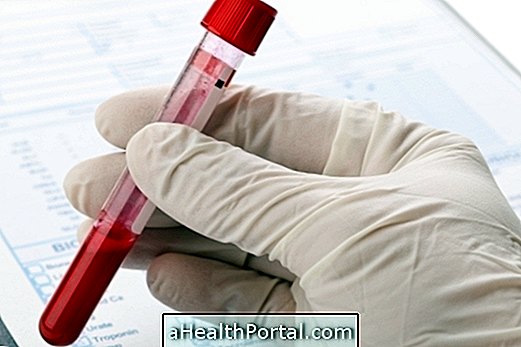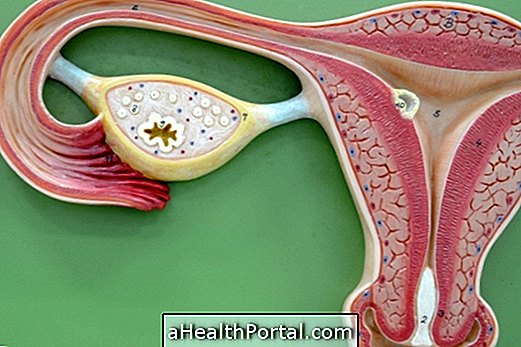The spermogram exam aims to analyze the quantity and quality of man's sperm and is mainly asked to investigate the cause of infertility of a couple, for example.
In addition to being asked to evaluate the reproductive capacity of the man, this examination may also be requested after vasectomy surgery and to evaluate the functioning of the testicles. Find out what are the main causes of male infertility and how to treat it.
The spermogram costs between R $ 70 and R $ 180, 00 depending on the laboratory, but it is available free of charge by SUS.
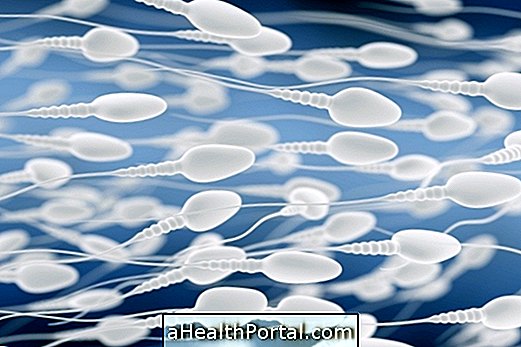
How is done
A semen sample is required to perform the test, which is usually collected in the laboratory by masturbation. The ejaculated material is deposited in a separate container supplied by the laboratory and then routed for analysis.
It is important that the man does not engage in sexual intercourse or any other action that causes ejaculation 2 to 5 days before the test, as it may influence the total amount of sperm present in the semen. In addition, masturbation for collection should not be done with the aid of lubricants, as they may interfere with the test result.
What is analyzed
Semen analysis occurs in two stages, the first being a macroscopic analysis and the second a microscopic analysis. Both steps are fundamental for the evaluation of the quality and quantity of spermatozoa capable of fertilizing an ovum, thus indicating the reproductive capacity of the man.
The macroscopic analysis, ie the naked eye, takes into account the evaluation of criteria such as viscosity, color, pH, volume and time that the semen takes to become completely liquid, called liquefaction. Microscopic analysis involves the analysis of criteria that can only be visualized with the aid of a microscope, such as sperm concentration per mL and total ejaculated volume, motility, vitality and morphology.
From laboratory analyzes, a report containing all the parameters related to the examination according to the recommendations of the World Health Organization is released. Understand how to interpret the result of the spermogram.
When it is indicated
Normally the spermogram is indicated by the urologist when the couple has difficulties to become pregnant, thus, it is investigated if the man is able to produce spermatozoa in sufficient and viable quantities. In addition, it can be indicated when the man presents some genetic, physical or immunological signal that can interfere in the male fertility.
Thus, the spermogram is made to evaluate the functioning of the testes and the integrity of the epididymis, thus analyzing the quality and quantity of spermatozoa produced by man.
Important recommendations
To conduct the examination correctly the man must:
- Do not have intercourse between 2 and 5 days before collection;
- Before collection, wash the hands and genital organ thoroughly;
- Some doctors ask for it to be fasted for a more reliable result;
- The collection should not be done at home to avoid some contamination.
Laboratories do not accept sperm that have not been collected at the clinic itself and it is not recommended that sperm be collected after intercourse or through the condom as it may interfere with the test result.
In addition, it is important to note the time at which the collection was performed to be taken into account at the time of the laboratory analysis, since the sperm can survive up to 6 hours in the collection pot for sperm under appropriate conditions.
Complementary examinations
Depending on the outcome of the spermogram and clinical condition of the man, the urologist may recommend performing complementary tests, such as:
- Spermogram under magnification, which allows a more accurate analysis of sperm morphology;
- DNA fragmentation, which checks the amount of DNA that is released from the sperm and remains in the seminal fluid, which may indicate infertility depending on the concentration of DNA;
- FISH, which is a molecular test performed with the objective of verifying the quantity of deficient spermatozoa;
- Viral load test, which is usually required for men who have diseases caused by viruses, such as HIV, for example.
In addition to these complementary tests, the seminal freezing may be recommended by the physician if the man will perform or is undergoing chemotherapy.

